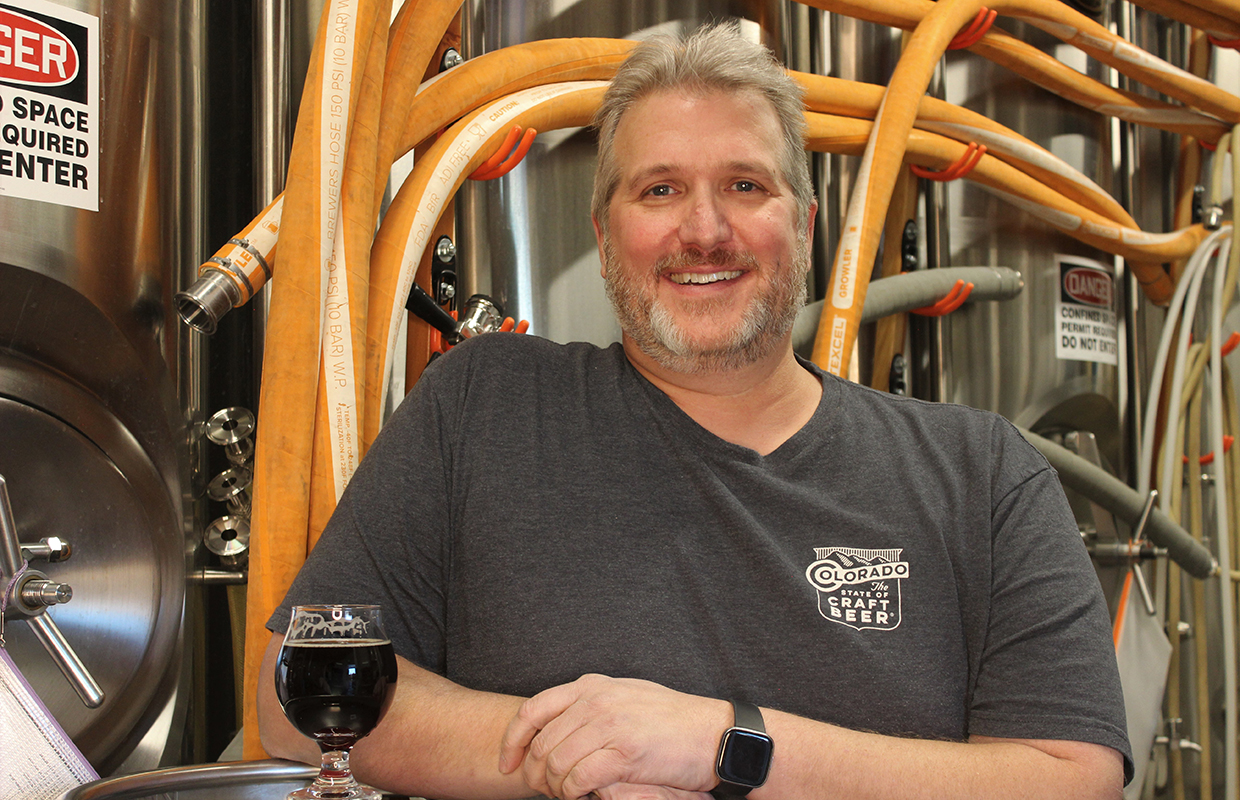
In an ongoing series, Brewer will take a small note from interviews of some of the Fundamental stories it has run in print and give a small tidbit that didn’t make the issue but is still worth diving into. “Decisions to Ponder When Upping Canning Load” appears in the September/October issue of Brewer.
Although it may be hard to have enough in stock to do it at times it seems, cans and the ability to get a packaged product out to consumers has become even more key for breweries that may have relied on taproom sales to continue a consistent operation.
So looking ahead to the future either putting the money down on a canning line for in-house or having the space to bring in a mobile canner can be key. In a recent issue of Brewer, we talked with multiple breweries and canning line manufacturers and mobile canners about what is important to look for when either upgrading from their own experiences and current situations or how they plan to improve the process.
Tighten Up Your QC/QA Specs
Every packaging brewery needs a reproducible method for dissolved oxygen assays,” said Martin Bills, the Director of Brewing Operations at Pelican Brewing.
The western Oregon brewery had a Hach Orbisphere’s in operations for decades.
”We dabbled in mobile canning, and this is what drove us to purchase our own rotary equipment,” he said. ”In our experience, and in the experience of our colleagues, it is difficult to get consistent results with inline equipment.
”There is far too little emphasis & effort being directed in this area in the whole industry. Stale beer has become the norm. As an industry, our products see additional stress from inconsistent storage conditions.”
Bills said that high DO packaged beer will be stale in hours under heat stress, as little as 60-70⁰ degrees Farenheiht.
Bills said breweries must make the necessary changes to drive DO to very low numbers.
”Our packages are typically packaged at 20-30 ppb,” he said. “This will help ensure all our customers have the best possible experience.”
Gabe Wilson recalls that the SanTan crew had no idea how much dissolved oxygen was in cans until the Arizona brewery was able to trial a DO meter.
“[It was] luckily not too long into our first year of operation of the new equipment,” he said. ”Our canning line was formerly at a non-alcohol carbonated beverage facility, where dissolved oxygen levels 10 times that of acceptable beer dissolved oxygen are common.
”We discovered that the dissolved oxygen in our cans was approximately 10 times higher than what was in the bright tank and was able to make modifications to the canning line to reduce this to 1.5-2 times.
”We quickly purchased our own DO meter and have used it at just about every step in the finished beer process ever since.”
Deschutes uses fairly tight spec limits so having good QA/QC equipment and checks really drives consistency said Packing and Warehouse Manager Dan Ciaglo.
”Lab equipment can be expensive, but it is absolutely necessary,” he said. ”Full seam inspection equipment, TPO analyzer, inline CO2, temperature, and pressure monitoring help to deliver that consistency.
”You can still get a lot out of less costly equipment if you have the data to know how it is performing and make appropriate adjustments. We purchased all of this at the front end of the project, knowing it was necessary for commissioning.”
Ecliptic‘s canning line runs almost 70 hours a week, and Packaging Manager Grant Smith said the Portland, Oregon brewery is fast approaching 10 million cans in just over a year on its system.
”We have a Filtec, which makes sure we aren’t sending low fills out into the trade,” Smith said. ”But the most crucial piece of equipment we have is our seam scope and saw.
”It doesn’t matter how good or sought after your beer, if you send it into the world with faulty seams you’re going to have a bad time.
”Besides that, we also use an Anton Paar CBox and PFD to verify our airs. These three pieces of equipment help me to sleep at night knowing that our packaging is worthy of the beer it contains.”
Critical Checks
A Zahm meter is the most important tool for Boomstick Brewing‘s Mike Wayne.
”If you can afford a CBox at the start then get that,” he said. “But at least have the Zahm meter. Carbonation is critical to packaging. Your chiller is equally important. If you’re at your max BTU/hr then you’ll never carb or package beer on schedule.
”You want the ability to crash 1-degree Celsius an hour before your canning run to keep the carbonated liquid moving without foaming.”
Equally critical on canning day is the distance from your brite.
”The temp pickup in a hose is massive,” Smith said. ”I size my hose to be the minimal ID and length. Right now I have 8 cans of beer in my filler hose. At 35-cpm I’m changing that liquid over about 4.5 times every minute meaning I’m not letting the beer warm up. If you do the smart things before the canning line arrives you’ll make your life so much easier.”
The most important piece of ancillary equipment in terms of quality and consistency for Braxton Brewing would be its Filtech 3G, which was an initial purchase with the canning line, said co-founder and CPO, Evan Rouse.
”This is a fill level detection system that notifies you of low-filled cans so you can dial in fill levels,” he said.






Be the first to comment